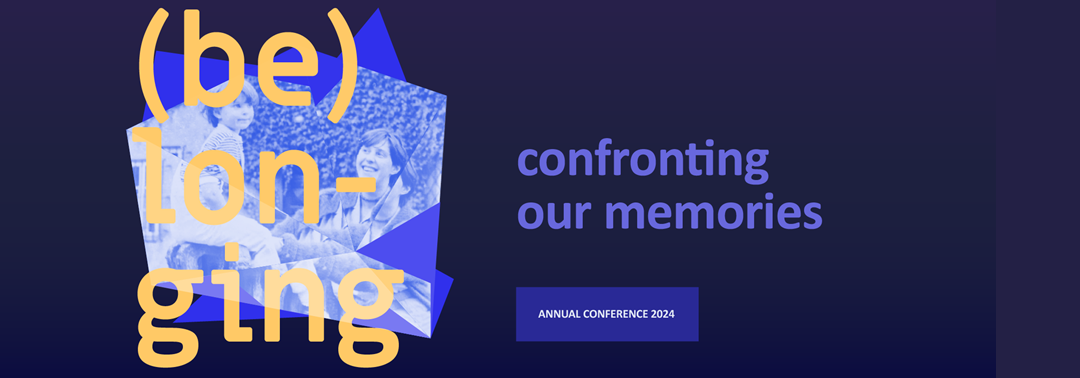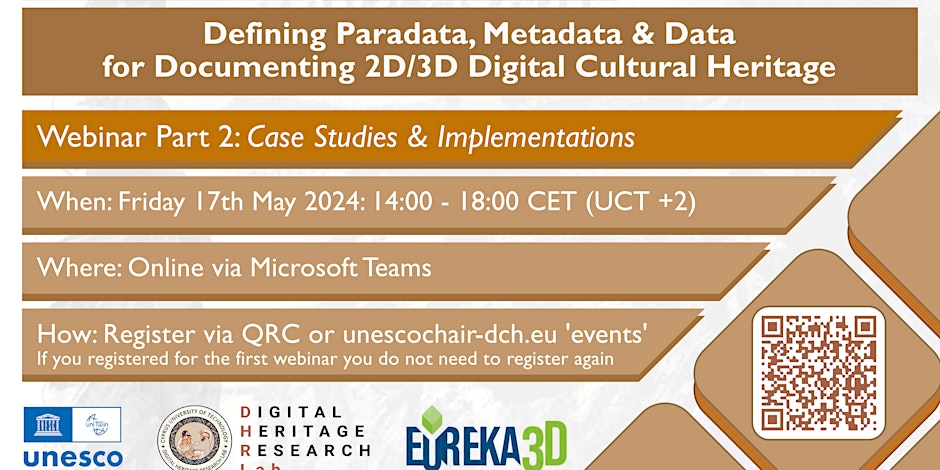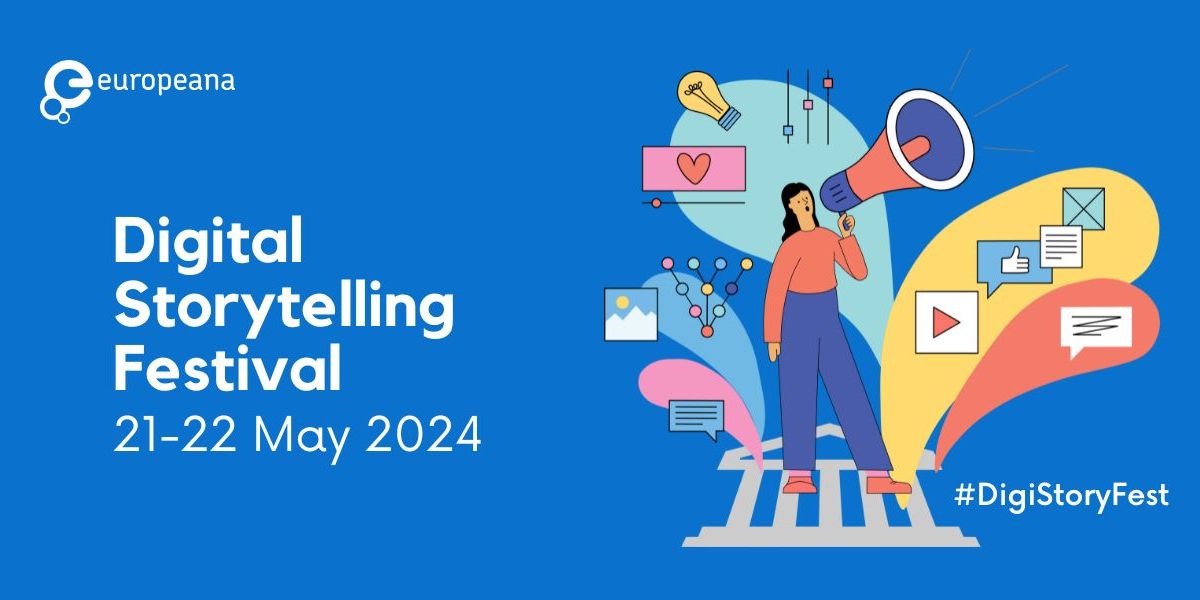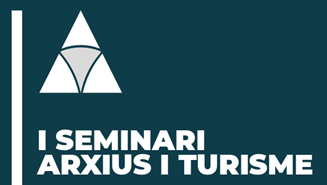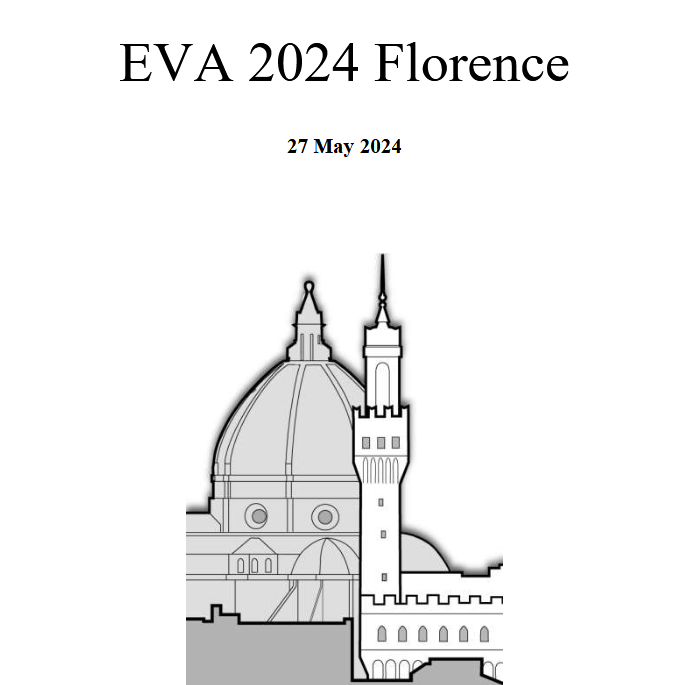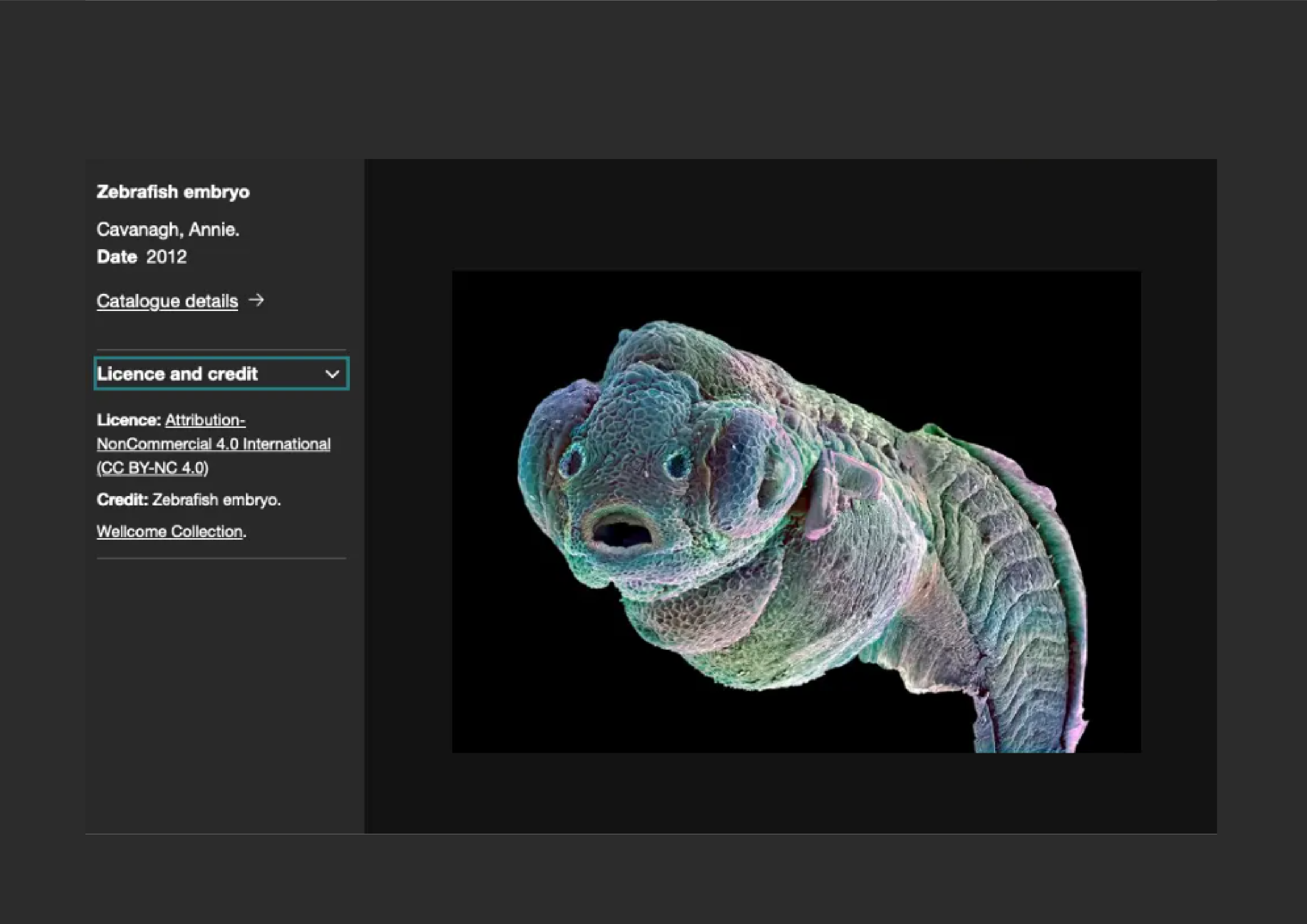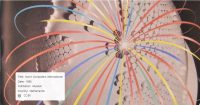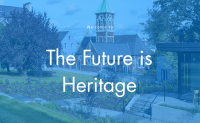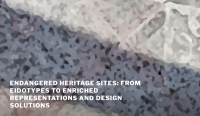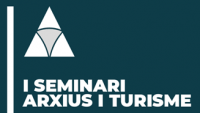 According to the plans of the project, the EuropeanaPhotography multilingual vocabulary was timely released and it starts now to be disseminated in the community of digitization and Europeana-feeder projects.
According to the plans of the project, the EuropeanaPhotography multilingual vocabulary was timely released and it starts now to be disseminated in the community of digitization and Europeana-feeder projects.
The vocabulary defined within EuropeanaPhotography is a key element of the semantic enrichment of the partners’ metadata. While not strictly necessary for the digitization of photography or delivery to Europeana, this vocabulary ensures that themes can be traced throughout the different collections. It provides translations for the keywords associated with photographic subjects and techniques, and allows better and more complete search results when searching Europeana for photographic content, providing a tool for research for multiple interested parties.
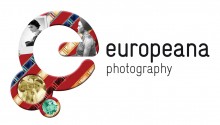 The vocabulary has been completed in no less than 12 languages – English (as the pivotal language), French, Dutch, German, Italian, Polish, Danish, Bulgarian, Slovak, Lithuanian, Catalan and Spanish – and consists of over 500 concepts in three facets –photographic technique, photographic practice and keywords – that are structured in a multifaceted, hierarchical way.
The vocabulary has been completed in no less than 12 languages – English (as the pivotal language), French, Dutch, German, Italian, Polish, Danish, Bulgarian, Slovak, Lithuanian, Catalan and Spanish – and consists of over 500 concepts in three facets –photographic technique, photographic practice and keywords – that are structured in a multifaceted, hierarchical way.
The vocabulary will be used in the annotation, translation and semantically enrichment process taking place at the time of mapping local source metadata schema’s to the LIDO metadata schema used for the EuropeanaPhotography project. It will allow users to consult all collections at once with the use of keywords in their own language, and will unify the content from the different partners among thematic lines.
Discussions are on-going with other projects, in particular Linked Heritage, for improvement and further development of the EuropeanaPhotography Vocabulary, that can be a starting point for other valuable multilingual tools to enrich digitization activities (both for photography and for other cultural heritage).
In particular, Linked Heritage is developing a Terminology Management Platform (TMP) that will build a network of multilingual cross-domain thesauri and controlled vocabularies in a collaborative way. It is under discussion the integration of the TMP with EuropeanaPhotography Vocabulary.
During a very interesting seminar organized by Linked Heritage project, focused on Multilingualism and Terminology, Nacha Van Steen from KMKG was invited to publicly talk about the vocabulary (presentation here).


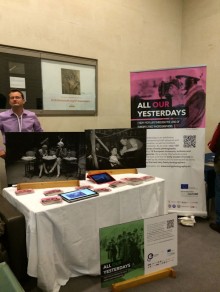
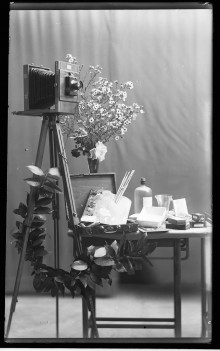
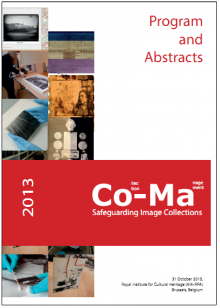
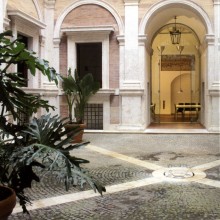
 If you have interesting news and events to point out in the field of digital cultural heritage, we are waiting for your contribution.
If you have interesting news and events to point out in the field of digital cultural heritage, we are waiting for your contribution.


